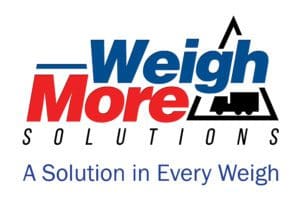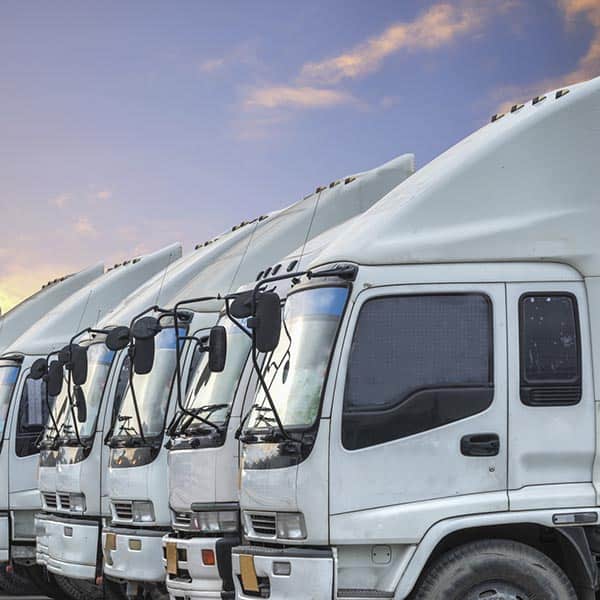How to Plan Your Truck Weighbridge Logistics
Planning your logistics routes means knowing how much your truck weighs at each stag. We look at some of the logistics benefits of having a weighbridge onsite.
The Australian freight and logistics market is worth over $75 billion. It’s the best way to get products from one area of the country to another.
What many outsiders don’t realize is that freight shipping isn’t as simple as loading items onto a truck and driving them to their destination. It requires a careful balance of several factors, and one of the most important is weight.
A truck weighbridge is an essential tool because it ensures that vehicles aren’t overloaded and have their weight evenly distributed. Read our guide to learn about the benefits they provide and how to use them to plan your logistics routes.
How a Weighbridge Works
A weighbridge works almost like a common bathroom scale. What makes it different is that it’s large enough to accommodate a semi-truck and uses software to record weight data for later.
A few of the most common types of weighbridges include pit, above-ground, portable, and weigh-in-motion.
Pit weighbridges, also known as in-ground weighbridges, are placed into a pit. They become part of the driveway or handstand area of a site. Trucks don’t need ramps to drive on and off of them.
Pit weighbridges are best for small sites because they don’t need as much clearance. Building them can be expensive due to the work required to install them and create enough drainage to prevent waterlogging and rust.
Above-ground weighbridges are placed above the ground and made of steel frames. They tend to be the easiest to install and maintain and the most affordable. They require at least 5-meter-long ramps to allow trucks to drive on and off of them. They also need larger amounts of clearance around them.
Portable truck scales can be attached or mounted to trucks or trailers and transported to remote locations. They’re best for projects with multiple loading locations and a popular choice for logging and construction jobs. They’re easy to transfer to service sites for maintenance and allow you to weigh your entire truck fleet in one place.
A weigh-in-motion weighbridge records the weight of the truck and its trailer while they’re both in motion. This makes them more efficient for heavy loads.
Taking the time to learn what type you need and how it works is crucial. It helps you decide how and where to use the weighbridge to get the most out of it.
Benefits of a Weighbridge
Weighbridges are a necessary logistics tool for several reasons. They improve the safety of your fleet and protect you from severe legal penalties
Semi-trucks have an average stopping distance of over 500 feet. Heavier loads increase it further, making it difficult for them to avoid accidents and obstacles.
Overloading a truck also increases pressure on the brakes, steering, transmission, and other crucial components.
Both of these dangers increase the risk of accidents. The truck is more likely to hit another car, roll over, or crash into nearby property.
Truck overloading laws determine acceptable weight limits. The exact number depends on factors such as the type of vehicle.
The law also splits overloading offences into 3 categories; minor, substantial, and severe risk breaches.
A minor risk breach is an overload of less than 5% above the legal limit. The first offence comes with a maximum fine of $1,100 for individuals and $5,500 for corporations. All further offences come with fines of up to $2,200 for individuals and $11,000 for corporations.
Substantial risk breaches include overloads of 5-20% over the legal weight limit. Individuals face fines of up to $2,200 for their first offence and $11,000 for all future offences. Corporations face fines of up to $4,400 for their first offence and $22,000 for all future offences.
Severe risk breaches include overloads of at least 20% above the legal limit. Individuals face fines of up to $5,500 and $550 for each additional percentage over the legal limit for their first offence. Additional offences come with fines of $11,000 plus $1,100 for each additional percentage over the legal limit.
Corporations pay f up to $27,500 plus $2,750 for each additional percentage over the legal limit for their first offence. Each additional offence costs them up to $55,000 plus $5,500 for every additional percentage over the legal limit.
Planning Weighbridge Logistics
A weighbridge is essential for any logistics operation. They’re the key to avoiding all the safety and legal risks of an overloaded truck and can also increase the efficiency of your entire operation.
Start by choosing the right weighbridge for each site. Consider factors such as cost, the space you have available, and how much excavation you can handle.
Be sure to include weight stops at every loading location along your route. This ensures that new cargo doesn’t overload the vehicle and that nothing was lost along the way.
Train all your employees in how to properly use the weighbridges they’ll encounter. Show your truckers how to drive onto and off of them and explain how to use the data they provide.
Hiring a weighbridge maintenance service every year is essential to the health of your weighbridge. They can extend its lifespan and ensure it lasts for as long as possible.
You should also work to maintain your weighbridge on your own. Daily tasks include visual inspections and cleaning. Weekly tasks include weight checks for accuracy and professional calibrations if needed. Monthly tasks include thorough cleaning with a jet wash.
Leave time for maintenance in all your logistics plans. It’s worthwhile even if you lose a bit of time making trucks wait for the weighbridge to be repaired or recalibrated.
Using the right weighbridge to check truck weights throughout your logistic routes is extremely beneficial for your business. That’s why you should always consider these tools when planning out your daily operations.
Finding the Right Weighbridge
Large amounts of cargo can lead to heavy loads, which is why each truck in a fleet must be weighed throughout its route. A weighbridge is the best way to determine if heavy trucks are overloaded. This helps you avoid serious safety and legal issues.
Weighbridges should be part of your overall logistics plan. Make sure you have the right one at every stop, train employees on how to use them, and maintain them properly.
Weigh More Solutions has the weighbridge you need to improve your logistics. Contact us today.

